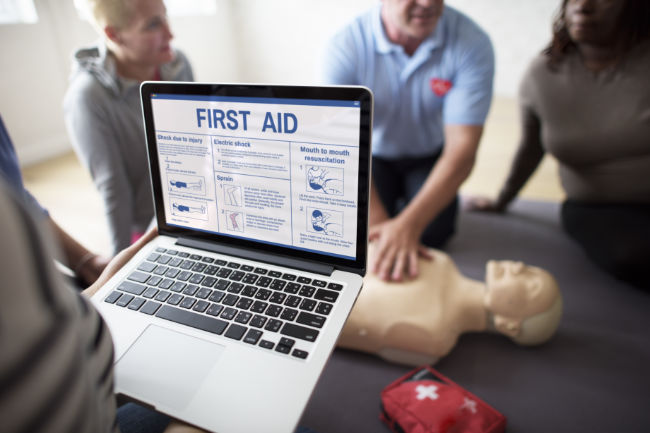Harnessing the Power of Technology: Enhancing CPR Training and Response
In an era defined by technological advancements, traditional methods of CPR training and response are being revolutionized by the integration of digital tools and platforms. From interactive training modules to real-time monitoring devices, the digital age presents unprecedented opportunities to improve the effectiveness and accessibility of CPR education and interventions.
Uncover the importance of recognizing heart attack symptoms, mastering essential first aid techniques, and adopting heart health tips for prevention. Take charge of your well-being now!
Interactive Learning Experiences: Engaging and Empowering Trainees
Digital CPR training platforms offer interactive and immersive learning experiences that engage trainees and enhance knowledge retention. These platforms utilize multimedia elements, simulations, and interactive quizzes to provide hands-on practice and reinforce essential CPR skills. By catering to different learning styles and preferences, digital training programs empower trainees to become confident and competent responders in emergency situations.
Virtual Reality (VR) Simulations: Bridging the Gap Between Theory and Practice
Virtual reality (VR) simulations represent a cutting-edge approach to CPR training, allowing trainees to practice life-saving techniques in realistic scenarios. VR technology immerses trainees in virtual environments where they can simulate CPR interventions on lifelike mannequins or digital avatars. These simulations provide invaluable hands-on experience and decision-making practice, preparing trainees to respond effectively in real-world emergencies.
Mobile Applications: Accessible CPR Training Anytime, Anywhere
Mobile applications offer convenient and accessible CPR training resources that individuals can access anytime, anywhere. These apps provide step-by-step instructions, interactive demonstrations, and practice exercises to help users learn and master CPR techniques at their own pace. Additionally, some apps feature emergency response functionalities, such as location-based CPR alerts and real-time guidance during cardiac emergencies.
Connected Devices: Real-Time Monitoring and Feedback
The emergence of connected devices, such as wearable monitors and smart defibrillators, has transformed the landscape of CPR response. These devices provide real-time monitoring of vital signs and CPR performance, offering immediate feedback and guidance to rescuers. By leveraging data analytics and artificial intelligence, connected devices enhance the effectiveness of CPR interventions and improve outcomes for cardiac arrest patients.
Community Engagement: Fostering a Culture of CPR Awareness
Incorporating technology into CPR training and response initiatives helps foster a culture of CPR awareness and preparedness within communities. Digital platforms and tools facilitate widespread dissemination of CPR education and resources, empowering individuals of all ages and backgrounds to learn life-saving skills. By leveraging technology to engage and educate the public, we can increase bystander CPR rates and improve survival rates for cardiac arrest victims.
Conclusion: Advancing CPR Education and Response Through Technology
In conclusion, the integration of technology into CPR training and response initiatives represents a significant advancement in emergency preparedness and public health. By harnessing the power of interactive learning experiences, virtual simulations, mobile applications, and connected devices, we can enhance the effectiveness, accessibility, and impact of CPR education and interventions. Let us embrace innovation and leverage technology to empower individuals, save lives, and build safer and healthier communities.


